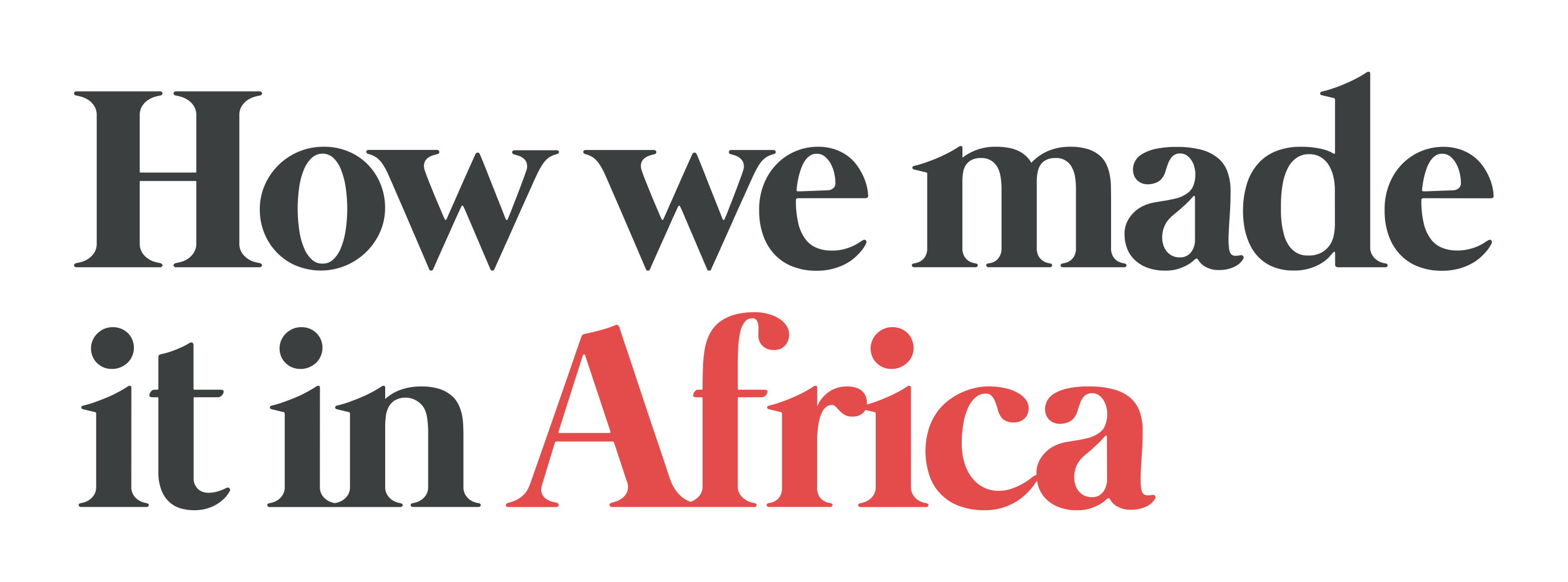Growth ‘coming at a price’ in sub-Saharan Africa
Sub-Saharan African economic growth has been one of the success stories of the last two decades – but it has come at a price.
That is the conclusion of a paper from the International Monetary Fund (IMF), which points out that strong growth has tended to mean widening current account deficits.
These, in turn, stem partly from a disappointing export performance caused in large part by goods from the region being more expensive than those of competitors.
“The lack of price competitiveness has been exacerbated by structural impediments – particularly weak institutions, the limited supply of skilled labour and infrastructure gaps, making the region costly for producers,” says the report.
Success story
Written by Antoinette Sayeh, director of the IMF’s African Department, the report pays tribute to the economic achievements of the region. “Sub-Saharan Africa’s rapid growth in recent years has been one of the success stories of the global economy,” it says. “This growth has been broad-based: two thirds of the countries have enjoyed more than 10 years of sustained growth [and] a quarter [of them] more than 20 years of uninterrupted growth.
“This has been accompanied by a decline in poverty, while life expectancy, maternal and infant mortality rates have improved.”
But, it adds, this growth has had a “soft underbelly” in that the “vast majority” of the countries that expanded also experienced a deteriorating current account position.
It says: “To some extent, this has reflected the big investments (often with high-import content) that countries have been making to address their infrastructure needs, efforts which should bear fruit moving forward.”
Export performance
But the region’s export performance during the last two decades “has not been encouraging, despite the high commodity prices that prevailed”, with sub-Saharan Africa’s exports as a percentage of global trade barely increasing since the mid-90s.
Higher exchange rates caused some of the damage to competitiveness, as did higher costs: “By 2014, price levels in many sub-Saharan African countries, most notably commodity exporters, were substantially higher than in a group of comparator low-income countries – Bangladesh, Cambodia, Laos and Vietnam.”
The report urges “strong policy action” over this loss of competitiveness, including, where necessary, a decline in the exchange rate along with medium-term reforms to liberalise trade, enhance labour market skills and improve institutions and infrastructure.
This article was originally published by Investec.


